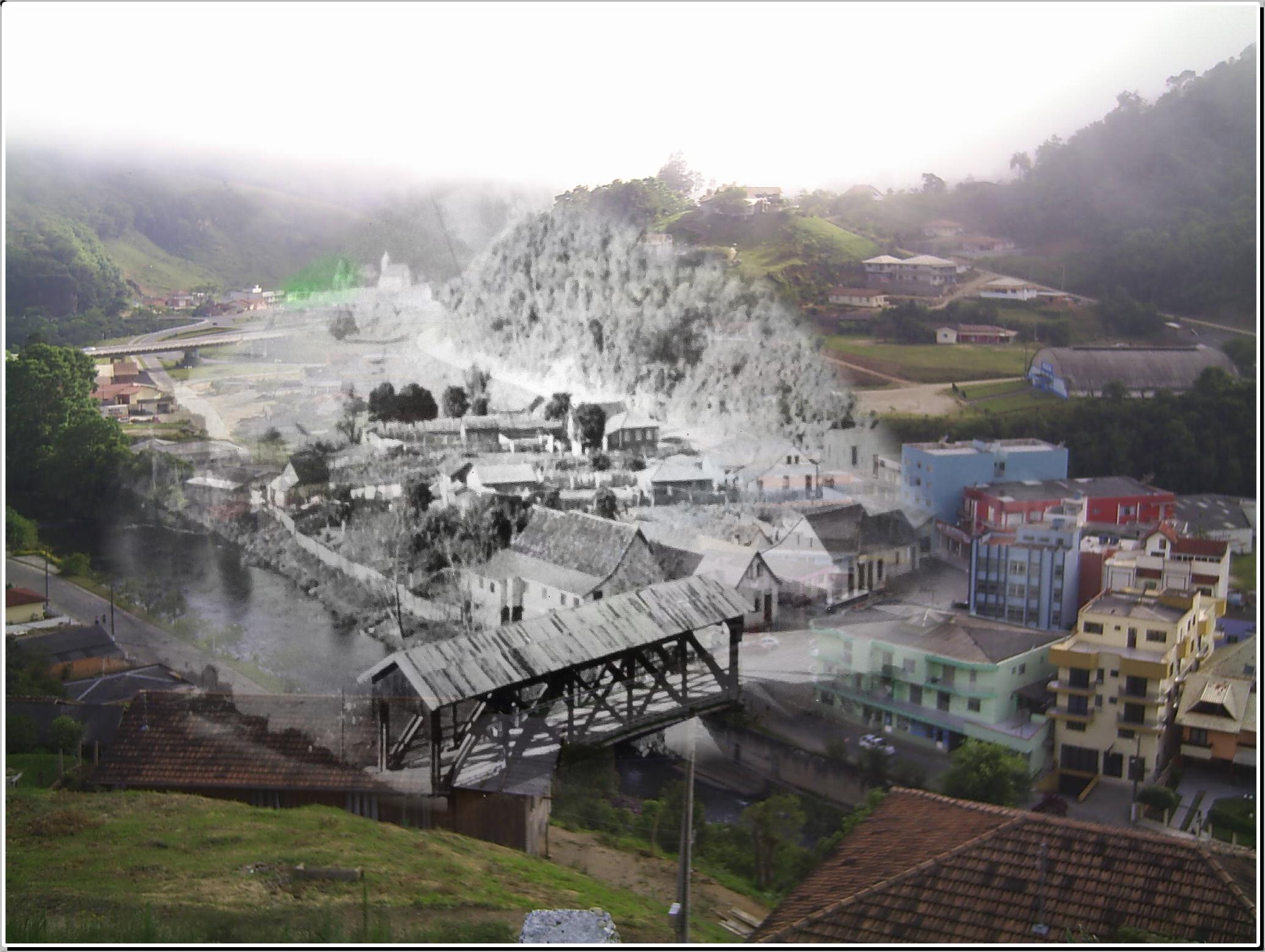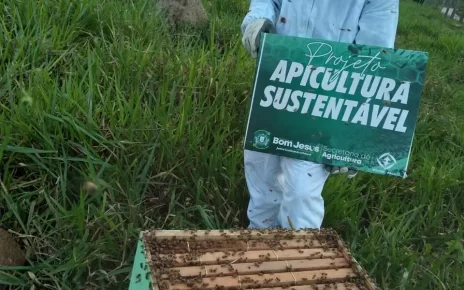3 minutes is the time it takes to read the article I wrote at the request of the City Hall on the history of Alfredo Wagner’s municipality. A summary, well summed up of this exciting saga, performed by our greatest.
The first residents, inhabitants of the place where the mouths of the Adaga and Caeté Rivers are located, were indigenous people expelled from the region by a large landslide that covered the entire area of the current center, which occurred more than 3,000 years ago, according to data from the Father of Santa Catarina Archeology, Fr. João Alfredo Rohr. Due to the cataclysm that buried villages in the central region, subsequent waves of indigenous peoples of different ethnicities no longer settled on the municipality’s limits, but used its forests for gathering and as a source of hunting.
An attempt to inhabit the region was carried out centuries after the cataclysm, by Colonel Serafim Muniz de Moura and his family, without however continuing.
The imperial decree number 1266 of November 8, 1853, initialed by Dom Pedro II, created the Military Colony of Santa Thereza and in December, soldiers settled in the determined location at the foot of Morro do Trombudo.
The location proved to be inappropriate, forcing the move to the banks of the Itajaí do Sul River, on land belonging to Colonel Serafim Muniz de Moura, who, taking advantage of the soldiers’ safety, began to live with the Military Colony, exchanging his land for another nearby.
The Military Colony of Santa Thereza played a fruitful role in the protection and safety of the muleteers who used the road from Desterro to Lages.
In 1895 the Military Colony was transferred to the public administration, becoming the district of São José, and later, Palhoça and Bom Retiro, being the oldest district in the municipality.
The following municipalities originated from the Military Colony of Santa Thereza: Ituporanga, Imbuia, Leoberto Leal and Bom Retiro.
In the early 1900s, the expansion of the Santa Catarina Colonization and Industry Company began, commanded by Carlos Napoleão Poeta, who began to negotiate lots in the surroundings of the former Military Colony, giving rise to several communities of the future Alfredo Wagner.
When in 1921 the municipality of Bom Retiro was emancipated, the district of Santa Tereza (former Military Colony) and the communities that are currently part of Alfredo Wagner, became part of the new emancipated territory.
There has always been active participation of members of the future municipality of Alfredo Wagner as Councilors in the Chambers, whether in Bom Retiro, São José or even Palhoça.
In 1954 the community of Barracão was elevated to Paróquia, a preponderant factor for it to soon become the seat of the municipality, which occurred a few years later, having been, in 1959, elevated to the district of Bom Retiro.
Eng. had an important role in defining Barracão as the seat of the future municipality. Emílio Kuntze who altered the route of the highway that connects Florianópolis to Lages, making it much easier for those heading to the interior of the state or to the coast.
Finally, in 1961, the municipality was founded by decree of the Legislative Assembly of Santa Catarina, with the name defined as Alfredo Wagner.


